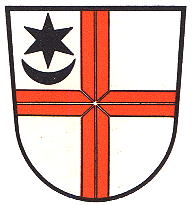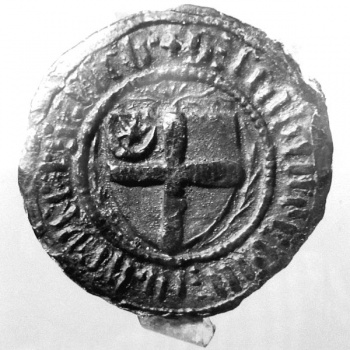Kaisersesch: Difference between revisions
Jump to navigation
Jump to search
Knorrepoes (talk | contribs) m (Text replacement - "{{de}}" to "") |
Knorrepoes (talk | contribs) m (Text replacement - "{| class="wikitable"↵|+Official blazon↵|-↵|'''German'''↵| ↵|-↵|'''English''' ↵| {{blazon wanted}}↵|}" to "{| class="wikitable" |+Official blazon |- |'''German''' | blazon wanted |- |'''English''' | blazon wanted |}") |
||
| Line 13: | Line 13: | ||
|- | |- | ||
|'''German''' | |'''German''' | ||
| | | blazon wanted | ||
|- | |- | ||
|'''English''' | |'''English''' | ||
| | | blazon wanted | ||
|} | |} | ||
Revision as of 08:29, 6 April 2023
KAISERSESCH
State : Rheinland-Pfalz
District (Kreis) : Cochem-Zell (until 1969 Cochem)
Verbandsgemeinde : Verbandsgemeinde Kaisersesch
| German | blazon wanted |
| English | blazon wanted |
Origin/meaning
The village belonged to the State of Trier and thus the arms show the cross of Trier as the main symbol.
In 1321 Kaisersesch received city rights from King Lüdwig of Bayern as a request from Archbishop Balduin of Trier. The oldest seal of the city dates from the early 15th century and shows already the present arms. The arms were officially granted in 1954.
The star and crescent are probably symbols indicating a local court. They were fairly common in Rheinland. See f.e. Braubach and Oelde.
| Seal from 1502 (Source) |
Literature: Stadler, 1964-1971, 8 volumes.

